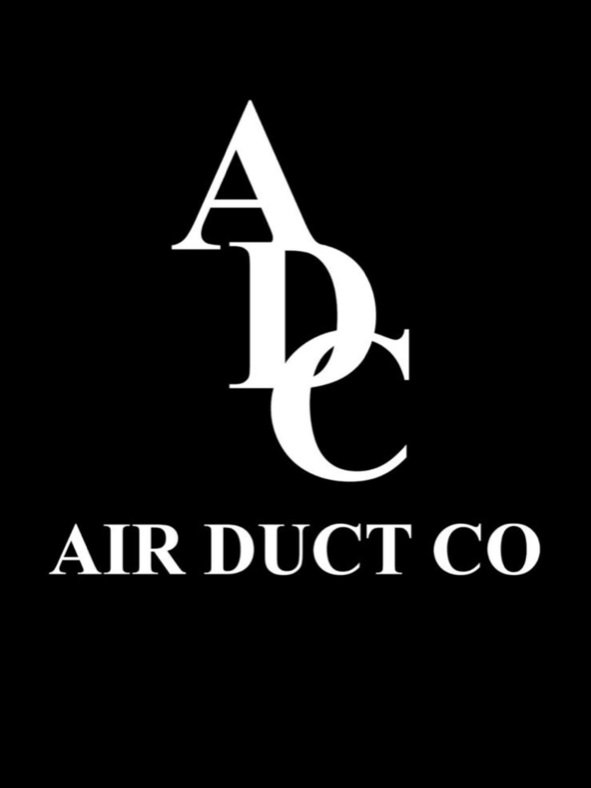The Impact of Pet Dander on Air Ducts: Tips for Pet Owners
Pets bring immeasurable joy and companionship to our homes, but they also come with their fair share of challenges, particularly when it comes to maintaining clean air ducts. The persistent issue at the heart of this challenge is pet dander—a common allergen produced by the skin, fur, and saliva of our furry friends. In this blog post, we'll delve into the impact of pet dander on air ducts and provide valuable tips for pet owners to minimize dander accumulation and ensure clean, healthy indoor air.
**1. ** Understanding Pet Dander:
Invisible Culprit: Pet dander consists of tiny, airborne particles that can easily infiltrate your home's air ducts. While it may be invisible to the naked eye, pet dander can trigger allergic reactions in susceptible individuals and contribute to overall indoor air pollution.
**2. ** The Challenge for Air Ducts:
Accumulation in Ducts: As your HVAC system circulates air, it also circulates pet dander. Over time, this dander accumulates in the air ducts, potentially leading to reduced indoor air quality and an increased risk of respiratory issues.
**3. ** Tips for Minimizing Pet Dander:
Regular Grooming: Consistent grooming practices for your pets can significantly reduce the amount of loose fur and dander. Brushing your pets regularly helps capture loose hair before it has the chance to become airborne.
**4. ** Invest in Air Purifiers:
Dander Filtration: Air purifiers equipped with HEPA filters can effectively capture and filter out pet dander from the air. Place these purifiers strategically in areas where your pets spend the most time.
**5. ** Frequent Cleaning and Vacuuming:
Surfaces and Fabrics: Regularly clean and vacuum your home's surfaces and fabrics to remove accumulated pet dander. Use vacuum cleaners with HEPA filters to prevent the dander from being recirculated into the air.
**6. ** Create Pet-Free Zones:
Dander-Free Spaces: Designate certain areas of your home as pet-free zones to minimize the spread of dander. Bedrooms, especially, can benefit from being pet-free to provide a sanctuary for allergy-sensitive individuals.
**7. ** Professional Grooming Services:
Outsourcing Grooming: Consider professional grooming services for your pets. Professional groomers have the expertise and tools to remove excess fur and dander effectively.
**8. ** Change HVAC Filters Regularly:
Efficient Filtration: Replace HVAC filters regularly to ensure they effectively capture pet dander and prevent it from entering the air ducts. Consult with HVAC professionals to choose filters designed for pet owners.
**9. ** Enhanced Ventilation:
Improved Airflow: Enhance ventilation in your home to promote better airflow and minimize stagnant air where dander can accumulate. Use exhaust fans in kitchens and bathrooms to expel dander-laden air.
**10. ** Schedule Professional Air Duct Cleaning: - Routine Maintenance: Periodic professional air duct cleaning is essential for pet owners. Trained technicians can remove accumulated pet dander, ensuring that your HVAC system circulates clean, dander-free air.
**11. ** Monitor Indoor Air Quality: - Regular Assessment: Use indoor air quality monitors to regularly assess the levels of pet dander and other allergens in your home. Monitoring allows you to take timely action when adjustments are needed.
**12. ** Consult with HVAC Professionals: - Tailored Solutions: Work closely with HVAC professionals to develop a tailored plan for maintaining clean air ducts in homes with pets. Their expertise can help you address specific challenges and ensure optimal indoor air quality.
Conclusion: Pet ownership enriches our lives, but it also requires proactive measures to maintain a healthy indoor environment. By understanding the impact of pet dander on air ducts and implementing the tips provided, pet owners can minimize allergens, promote clean air circulation, and create a comfortable living space for both two-legged and four-legged family members. Regular grooming, efficient filtration, and professional air duct cleaning are key components of a comprehensive strategy to ensure a harmonious coexistence with our beloved pets.
